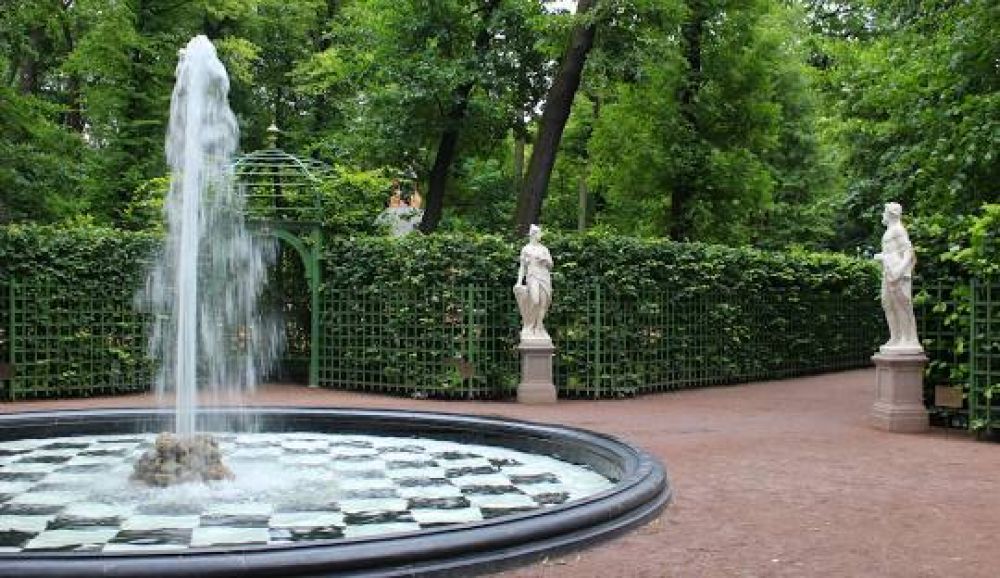

The Summer Garden in Saint Petersburg, Russia, is a quintessential element of the city's rich cultural and historical landscape. Commissioned by Peter the Great in 1704, it was fashioned after the formal European royal gardens of the time, becoming one of the oldest and most prestigious parks in the city's downtown area.
The Summer Garden has been a significant attraction since the early 18th century. Its intricacy of sculpted landscapes and marble statues, combined with the historical significance of the famous Summer Palace, has drawn visitors both domestically and internationally. Dating back to the era of the tsars, the Summer Garden was an exclusive venue for the aristocracy, hosting lavish parties and royal events.
After the 1917 Revolution, this private royal environment was transformed into a public park, ushering in a new era of tourism. The Summer Garden quickly evolved into a must-see destination for travelers interested in peeking into the life of Russian nobility and the grand imperial legacy of Saint Petersburg.
Noteworthy elements that attract tourists include:
In recent years, the integration of technology has led to the introduction of QR codes around the park, enabling visitors to learn about the history of the sculptures and sites right from their smartphones. This aligns with the broader trend in tourism where historical and cultural education is enhanced through interactive technology.
Another growing trend is the focus on sustainable tourism. Efforts are underway to maintain the park's natural beauty and historical integrity, ensuring the environment is preserved for future generations. This includes careful restoration of statues and infrastructure, as well as initiatives to maintain the health of the park's flora.
Additionally, the Summer Garden experience is now complemented by cultural events and exhibitions that are held in the vicinity, attracting a diverse range of visitors and fostering a deeper understanding and appreciation of Russian heritage.
Before traveling to the Summer Garden, visitors should note that it is typically open to the public from early April to late October, depending on the weather conditions. Entrance is free, which makes it an appealing destination for tourists on any budget. While guided tours are not necessary, they can be highly enriching and provide a more detailed context of the garden's history and features.
The Summer Garden remains a testament to the grandeur of Imperial Russia and continues to enchant visitors with its tranquil beauty and rich past. As travel trends evolve, the garden remains a resilient symbol of Saint Petersburg's historical allure, consistently adapting to offer new and enriching experiences to tourists from around the globe.